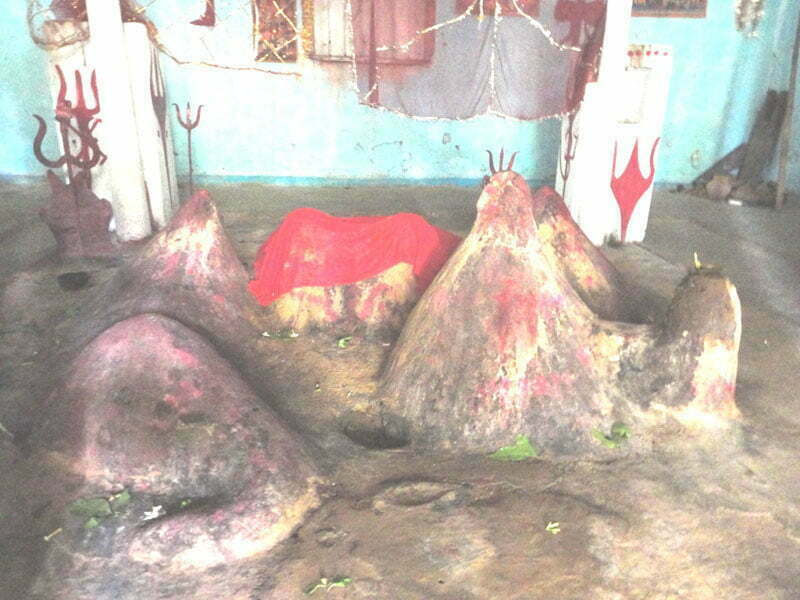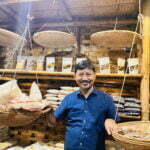ARUP SAIKIA
Ambubachi mela is around and all ways leads to Nilachal hill top at Guwahati. But how many of us know another Kamakhaya temple existing silently in the sleepy little village- Jaybhum in Assam’s Goalpara district where the historical shrine is managed by a committee which have all Muslim members.
The minority dominated Jaybhum village’s priced possession Jaybhum Kamakhya temple is looked after by an all Muslim committee for decades now.
The village which falls under the Lakhipur revenue circle of Goalpara district has no Hindus to carry on with the age old rituals of the shrine regularly.
The temple since its inception has always celebrated the durga puja festival and Ambubachi mela with much fanfare and the entire responsibility to observe the festival perfectly rests with the all Muslim temple management committee.
The temple committee earlier used to observe three annual events in the temple but due to financial constraints now, only observe the Dugra Puja Mela in the temple premises, said one of the members of the committee Abdul Kadar Khondker.
Khondker told this correspondent, “Earlier two more Melas, Ambubachi and Raas Mela were observed in the temple. But for last decade or so due to financial problem we discontinued observing these melas.”
He also informed that annually 150-200 animal sacrifices mostly during the Durga Puja still takes place inside the temple.
According to legends, the Jaybhum Kamakhya temple evolved after the navel of the Goddess Sati fell into the place following dismembering of her lifeless body by Lord Vishnu. The permanent structure of the temple was set up by the then Zamindar of Lakhipur late Bholanath Choudhury in the later 19th century.
“The village was earlier inhabited by people from Nath and Rabha communities but with the passages of time only people belonging to the Muslim community remained in the area. The Zamindar family was looking after the temple till the pre independence period. However, in the post independence era a committee has formed by the locals to look after the historic temple. Gradually the community was left with only Muslim community but they only became responsible towards the temple,” Khondker who is also the headmaster of the Jaybhum ME School narrates.
During the 2012 BTAD violence which had threatened to engulf the whole of lower Assam, the temple managing committee took all possible measures to stop the communal tension from escalating further in the area. Currently the two priests in the temple are the only Hindus working for the development of the temple.
The Muslim villagers of Jaybhum also provide full security to the only Hindu priest family of the village to ensure that peace and harmony is maintained at any cost in their village whenever any communal tension breaks out in the nearby areas. Head Priest of the temple is Nipendra Chakraborty and Mukunda Barman assists the temple committee.
The family of Barman has been performing the religious rituals in the temple since its inception.
“The only Hindu family in our village is our family. They (the temple committee) have taken all responsibility of my family right from providing financial help to providing security even now and also during the inhumanely BTAD riots,” priest Mukunda Barman said.
Mukunda’s father Dhirendra Nath Barman was the head priest since a year back, but due to his untimely demise nine months back, the temple committee calls Chakraborty, who is not a local, to perform the rituals whenever any big puja has to be carried out.
The temple committee maintains the finance of the temple from the amount generated from agricultural activities in land belonging to the temple. Now the Goalpara Zila Parishad has also extended a helping hand and aided the construction work along with renovation of existing structures.







